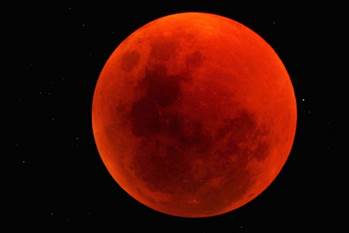Free Courses Sale ends Soon, Get It Now


Free Courses Sale ends Soon, Get It Now



Disclaimer: Copyright infringement not intended.
Context
Must Read, before you read further: https://www.iasgyan.in/daily-current-affairs/lunar-eclipse
Blood Moon
Why red?
Rarity
Beaver Moon
https://indianexpress.com/article/explained/what-is-beaver-blood-moon-explained-8255565/
© 2024 iasgyan. All right reserved